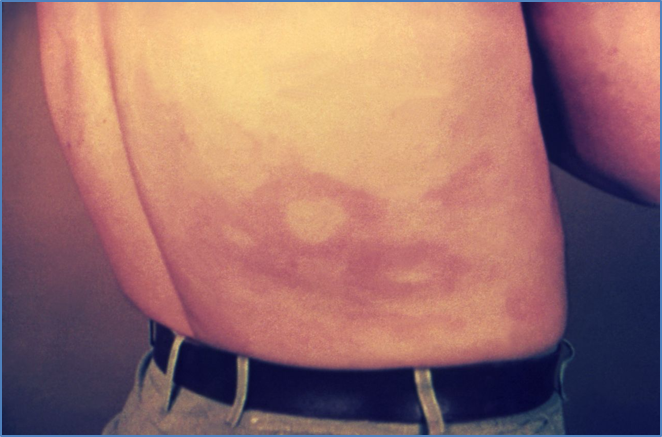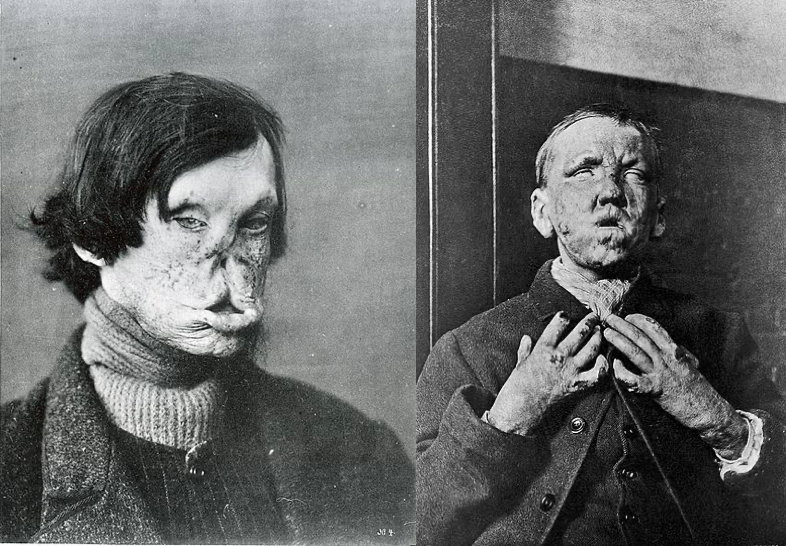Table of Contents
Overview – Leprosy
Leprosy, also known as Hansen’s disease, is a chronic infectious disease caused by Mycobacterium leprae, primarily affecting the skin and peripheral nerves. Although now rare in high-income countries, it remains a major public health concern in endemic regions. Early diagnosis and treatment are critical to prevent disfigurement, permanent nerve damage, and disability.
Definition
Leprosy is a chronic granulomatous disease of the skin and peripheral nerves caused by Mycobacterium leprae, an acid-fast bacillus.
Aetiology
- Caused by Mycobacterium leprae
- Slow-growing, intracellular, acid-fast bacillus
- Transmitted likely via respiratory droplets or prolonged skin contact
Pathophysiology
- Targets cooler regions of the body such as the skin, peripheral nerves, eyes, and mucous membranes
- Causes granulomatous inflammation leading to:
- Cutaneous lesions
- Peripheral nerve thickening
- Sensory loss and motor dysfunction
- Can progress to severe disfigurement and disability if untreated
Clinical Features
- Skin Lesions:
- Hypopigmented or reddish/copper-coloured patches
- May be flat or raised
- Often have reduced or absent sensation
- Do not itch or hurt
- Anhidrosis (no sweating) over the lesion
- Can appear anywhere on the body
- Nerve Involvement:
- Thickened peripheral nerves
- Loss of temperature, pain, or touch sensation
- Muscle weakness or paralysis in late stages
- Advanced Disease:
- Skin nodules, ulceration
- Deformities of the face and limbs
- Blindness (due to ocular involvement)


2. CC BY 4.0 <https://creativecommons.org/licenses/by/4.0>, via Wikimedia Commons
Differential Diagnosis
- Vitiligo
- Tinea versicolor
- Lichenoid dermatitis
- Contact dermatitis
- Birthmarks
Investigations
Clinical Diagnosis
- Characteristic skin lesions
- Cutaneous nerve thickening
- Loss of sensation in affected areas
Laboratory
- Split-skin smear:
- Detection of acid-fast bacilli (AFB)
- Skin biopsy:
- Granulomatous inflammation
- AFB on Ziehl–Neelsen staining
- Histological classification (tuberculoid vs lepromatous leprosy)
Management
Although not included in the original notes, standard treatment includes:
- Multi-drug therapy (MDT):
- For paucibacillary leprosy: Rifampicin + Dapsone (6 months)
- For multibacillary leprosy: Rifampicin + Dapsone + Clofazimine (12 months)
- Early treatment prevents complications
- Monitor for nerve function and relapse
Complications
- Permanent nerve damage and sensory loss
- Muscle paralysis and limb deformities
- Eye involvement → blindness
- Social stigma and psychological impact
Summary – Leprosy
Leprosy is a chronic infection caused by Mycobacterium leprae, affecting the skin and peripheral nerves. It presents with hypopigmented or reddish patches with sensory loss, and can lead to severe disfigurement if untreated. Diagnosis is clinical and confirmed via split skin smears or biopsy. Early treatment with multidrug therapy prevents complications. For a broader context, see our Microbiology & Public Health Overview page.